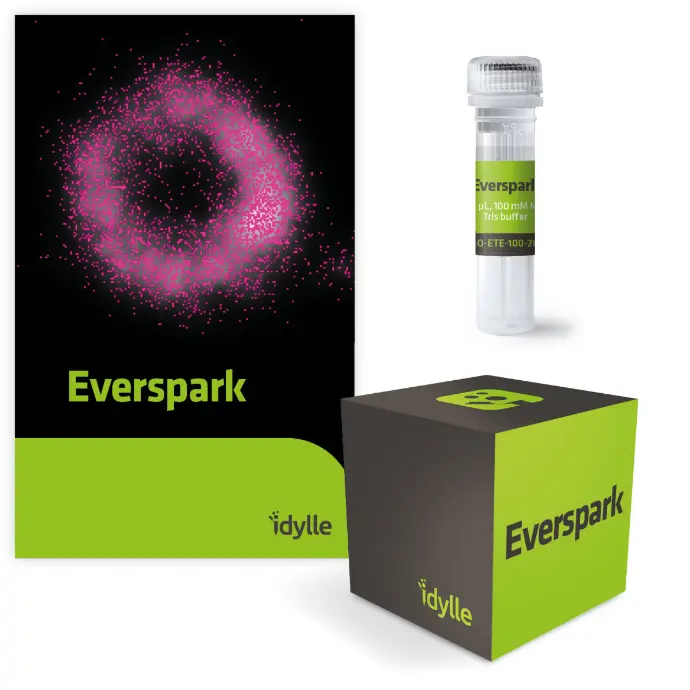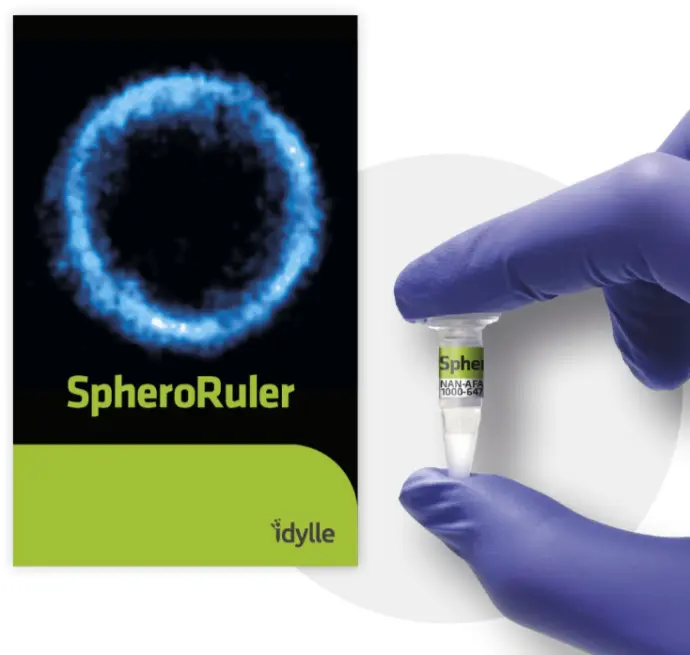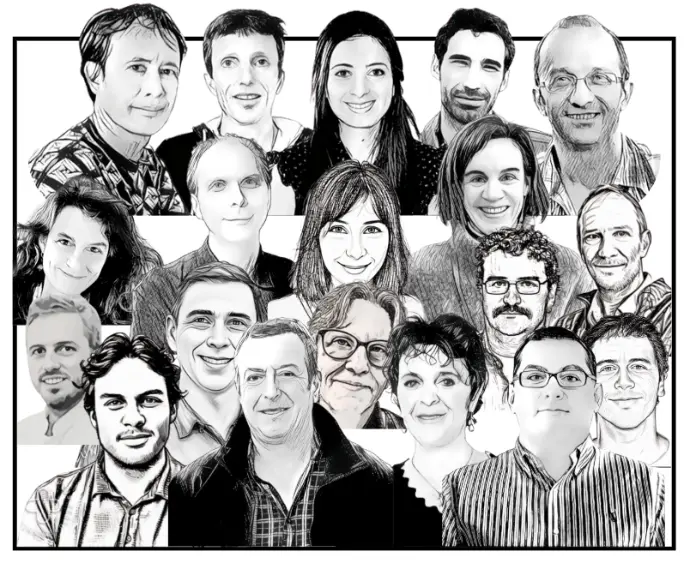
Christophe Place
Université Claude Bernard 1, Lyon, France
Who is Christophe Place ?
"I was born in Vitry/Seine in Paris area in 1968. I studied at the University of Orsay Paris XI then Paris VI where I specialized in Physico-Molecular Chemistry. I completed my doctoral thesis in the inorganic chemistry field at the interface with biology. I worked on the synthesis and study of polyimidazole complexes of iron and copper, models of active metalloprotein sites under the direction of J-C Chottard. After a post-doctorate in biochemistry and molecular biology at New York University with W.T. Mcallister and at Pasteur Institute under the direction of H. Buc, I joined the Physics Laboratory (UMR5672) of the Lyon ENS in 2000. I continued research at the interface of Physics and Biology. My course allowed me to work in various environments (chemistry, biology, physical), enrich my scientific culture and develop a scientific activity at the interface of these areas."Dedication to ensure up to 3,5 months, stable blinking for dSTOM microscopy
Researchers using dSTORM imaging were constantly constrained by the short lifespan and inconsistency of standard imaging buffers. The fluorescence signals would fade too quickly, limiting the potential for long-term observation and intricate analysis.
Christophe and his team, driven by his dedication to practical innovation, took on this challenge with a simple yet ambitious question: What if there was a buffer that could last up to several months after mounting, increases blinking events, stay stable, and significantly simplifies researchers workflow by limiting interruptions due to buffer renewals?
After countless experiments and refinements, the team developed EverSpark, a long-lasting buffer that revolutionizes dSTORM imaging. Designed to ensure stability over extended sessions, EverSpark provides researchers with the freedom to focus on their observations, confident in the reliability of their results.
EverSpark V2 – Pushing beyond limits with green, yellow & far-red fluorophores
With the second version of EverSpark, the improvements are game-changing. In addition to yellow and red/far-red fluorophores, this version is also compatible with green channel fluorescence signals, unlocking the potential for 3-colour dSTORM imaging. Blinking stability has been extended from two months to an incredible 3.5 months. The new formulation enhances blinking events, capturing even more crucial molecular details with greater precision. EverSpark V2 is not just an upgrade, it’s a testament to the power of continuous innovation in scientific research.No more rushing when imaging
EverSpark is a solution that transforms workflows in fluorescence microscopy. With its ability to maintain fluorescence signals up to 3.5 months. This solution allows researchers to push the boundaries of super-resolution imaging. From observing dynamic molecular interactions to mapping cellular structures in exquisite detail, EverSpark has become an essential tool for unlocking the nanoscale world.

Continue the journey to a perfect calibration
Achieving groundbreaking insights doesn’t stop at maintaining fluorescence stability. To truly unlock the potential of super-resolution microscopy, precise calibration is key. That’s where SpheroRuler steps in, a companion innovation designed to ensure the highest accuracy in single-molecule localization microscopy (SMLM).
These meticulously engineered calibration beads provide researchers with a reliable standard, enabling them to fine-tune their imaging systems and trust every nanometer of their measurements.
Together, EverSpark and SpheroRuler create a seamless workflow, empowering scientists to explore the nanoscale world with unparalleled clarity and confidence. .

